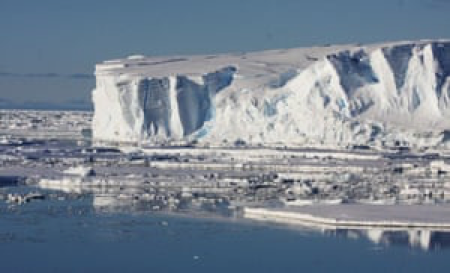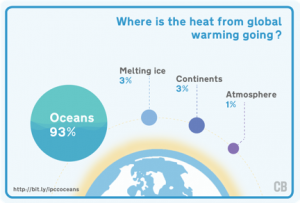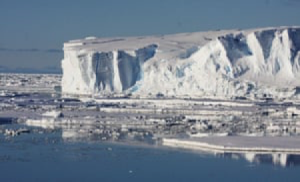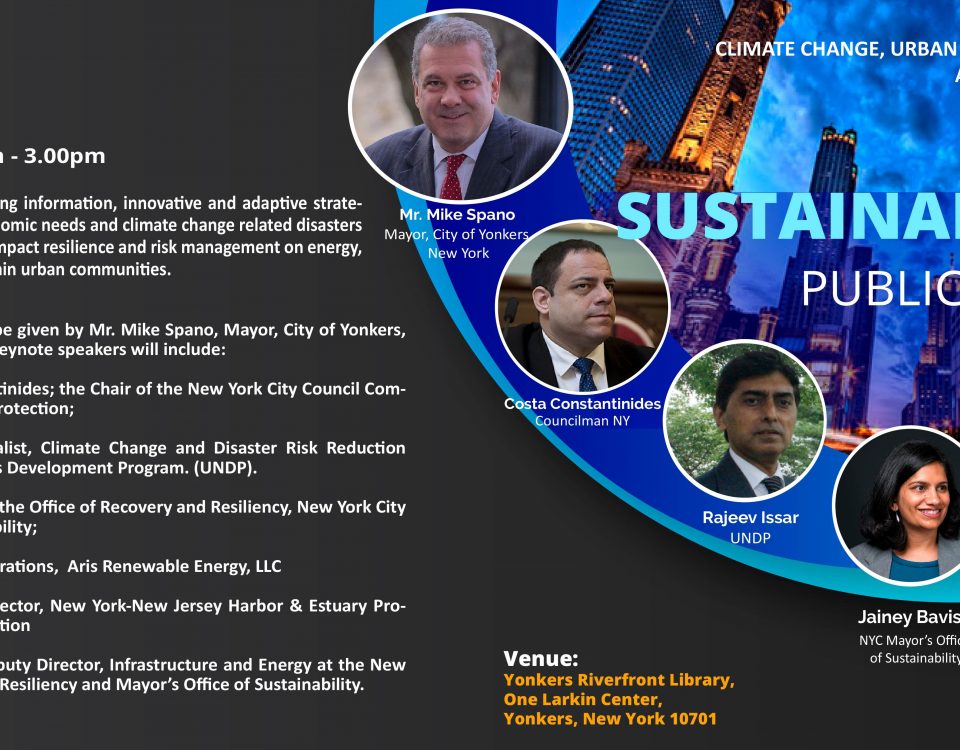
Suliver Board Hosted by UNDP and The New York City Council
December 31, 2018
Islands of Hope: Adapting to Climate Change
February 24, 2019
Ocean Temperature at it’s highest in 2018, and only rising
According to research published in Advances in Atmospheric Sciences, 2018 was recorded to be the ocean’s warmest year compared to previously recorded years. Carbon dioxide and other greenhouse gases emitted from humans get trapped in the atmosphere. These gases trapped in the atmosphere cause air temperatures to rise. Given the amount of carbon dioxide emitted, the rise in air temperature did not match up. Scientists had to find where the extra heat was being displaced to.

Some oceanographers believed the “missing” heat was being absorbed by the oceans. Scientists collected data from research, commercial, and naval ships, as well as historical records. From the data compiled, scientists came to the conclusion that the oceans were, in fact, absorbing the excess heat. Thanks to advancements in technology, scientists are now able to record temperatures accurately throughout the ocean. These new measurements found that the oceans are absorbing over 90% of the heat emitted from greenhouse gases. The image below diagrams where the heat from global warming is going.
The oceans are doing the planet a huge favor by absorbing our carbon emissions that are trapped in the atmosphere. If all the heat absorbed by the ocean from 1995 to the present was suddenly added back to the atmosphere, air temperature would rise by more than 60 degrees. Because the oceans are absorbing this excess heat we are not experiencing all of the heat from global warming. Although the oceans are saving us from raised air temperature, the heat in the ocean is not going away and we will see the consequences soon enough.

Photo Credit: Credit: © Zacarias da Mata / Fotolia
The heat absorbed in the ocean will be stuck there for hundreds or even thousands of years. Even if we stopped emitting greenhouse gases completely the oceans will continue to warm. Increases in ocean temperatures, no matter how big or small, cause sea levels to rise simply because warmer water takes up more space. Warmer ocean temperatures are causing ice sheets to melt, further contributing to sea level rise. Other impacts from warmer ocean temperatures are stronger waves, frequent and intense storm events, disruptions to marine life, and stresses on fisheries.

Photo Credit: Esmee van Wijk/Australian Antarctic Division
Coastal cities worldwide will have to make changes to homes and businesses to adapt to sea level rise. And those who are not able to adapt, risk displacement. Those who are able to adapt to sea level rise must then cope with a more frequent and intense storm and rain events. Flooding and storm surges will continue to worsen every storm event, causing damages to homes and businesses. These cities need to find ways to adapt to climate change in order to survive. Underdeveloped coastal communities also must find ways to cope with warmer ocean temperatures. Many coastal communities around the world depend on fish as a food source as well as income. As ocean waters continue to warm, the fish stock will decline to cause these vulnerable communities to suffer economic loss. These communities must find ways to keep sustainable fish stock levels to meet the needs of the community. Unlike coastal cities, many of these communities do not have to resources to withstand the effects on climate change. Ocean warming is very serious and significant and will only continue to worsen if we do not reduce carbon dioxide emissions.
Contributed by Sabrina Marchese.
Sabrina is an intern with the Sustainability and Livelihood Research Organization (Suliver).




